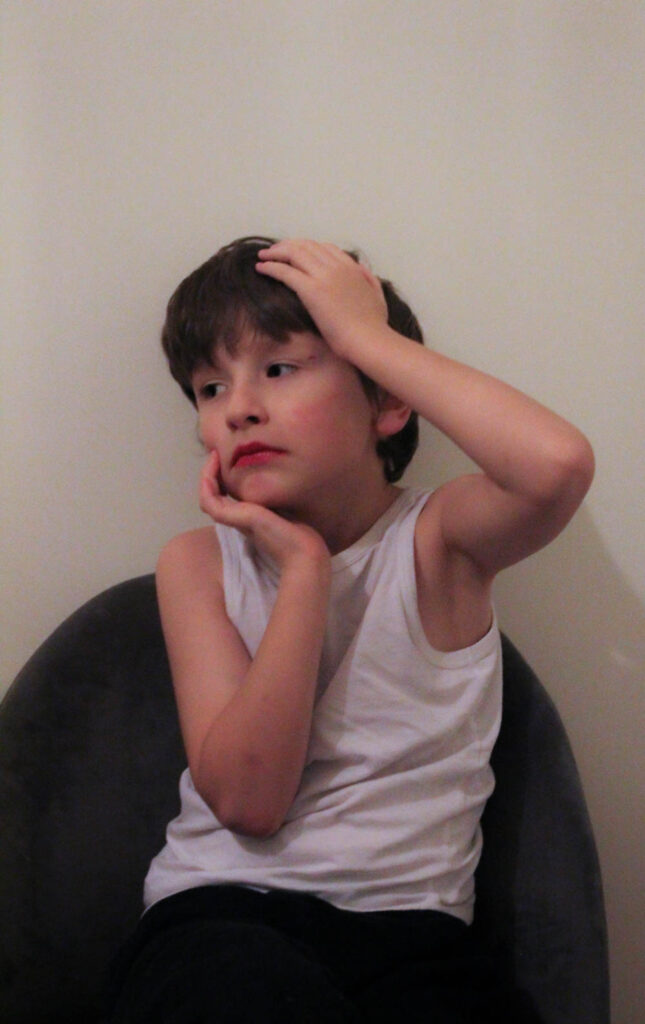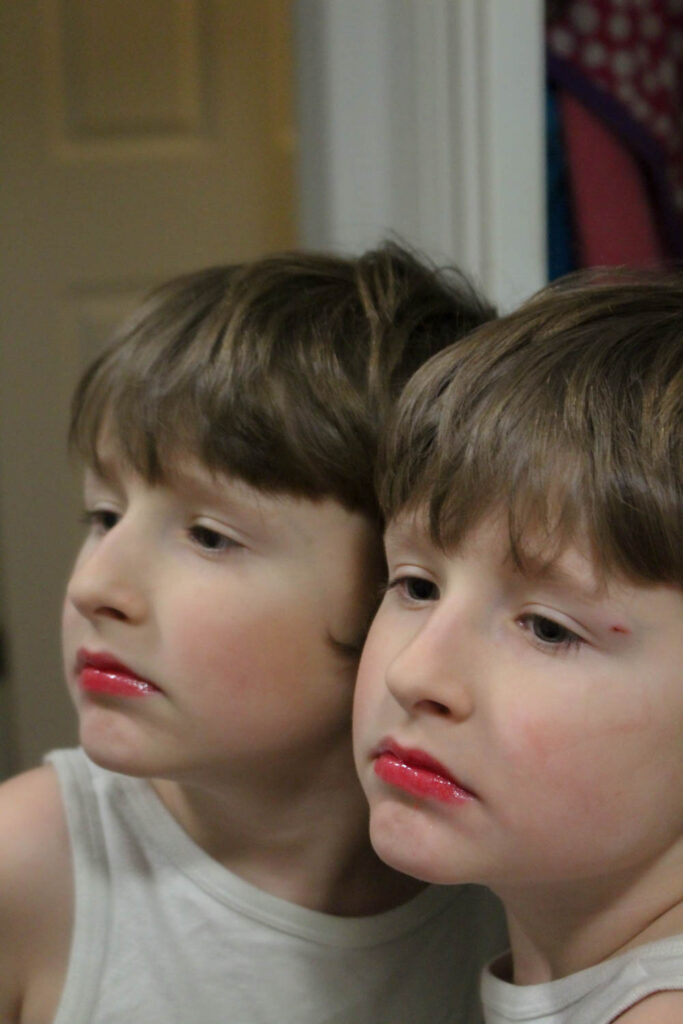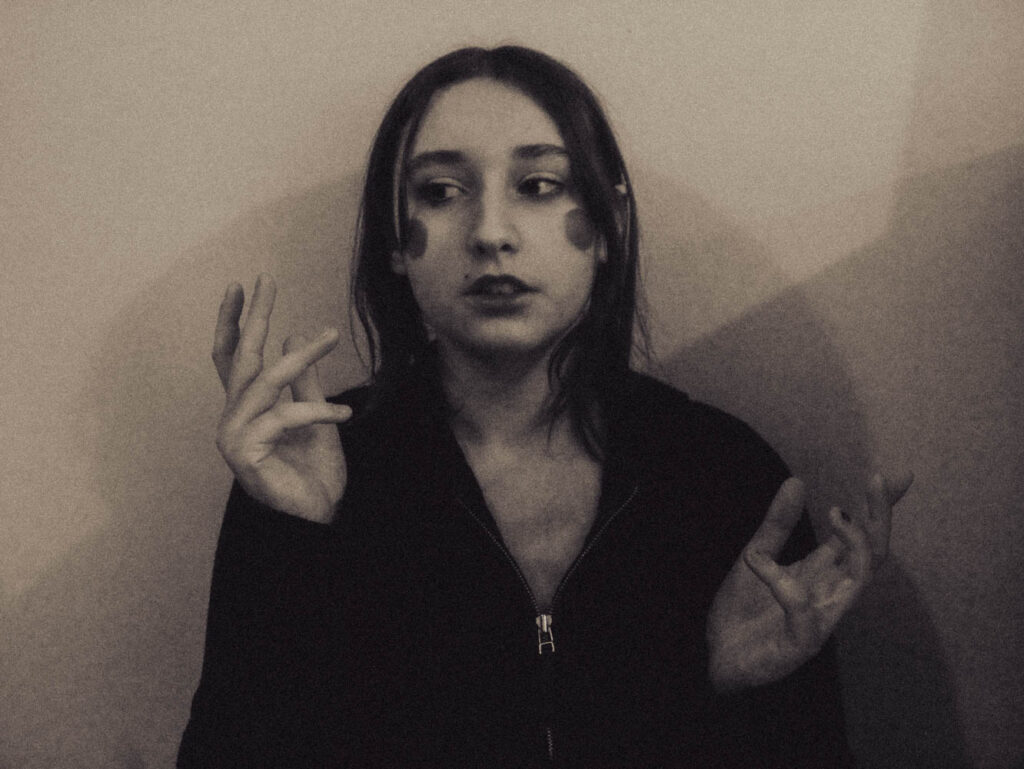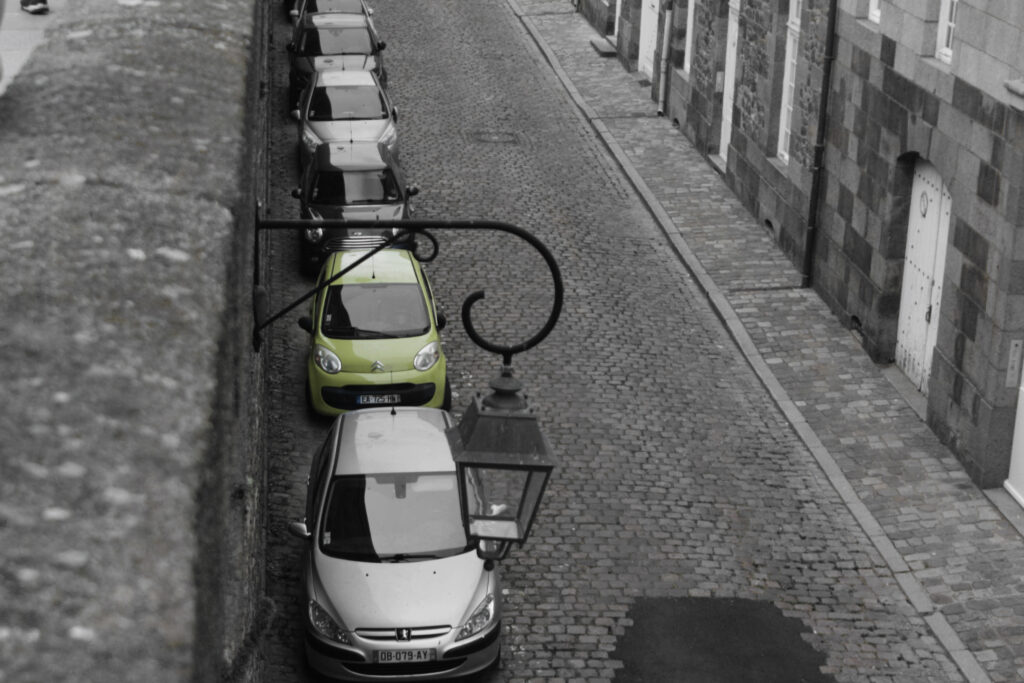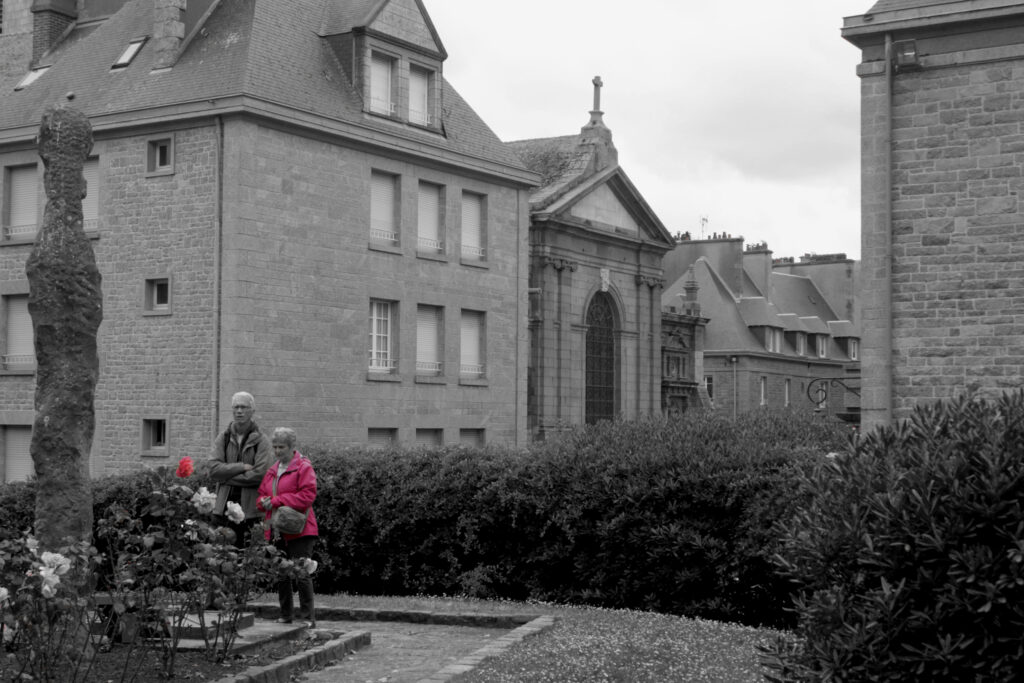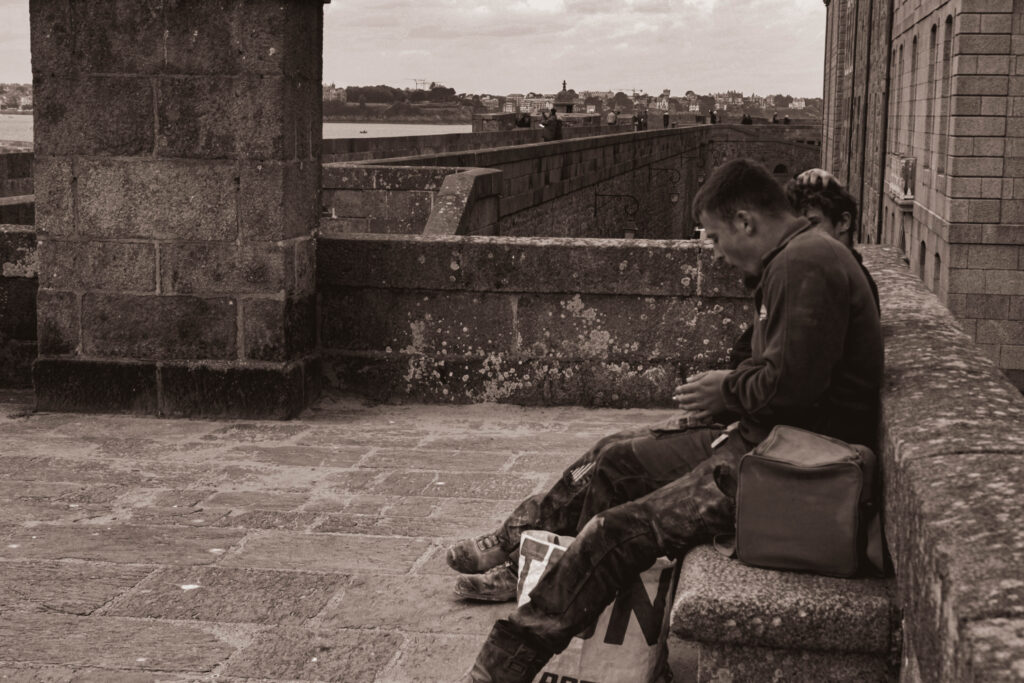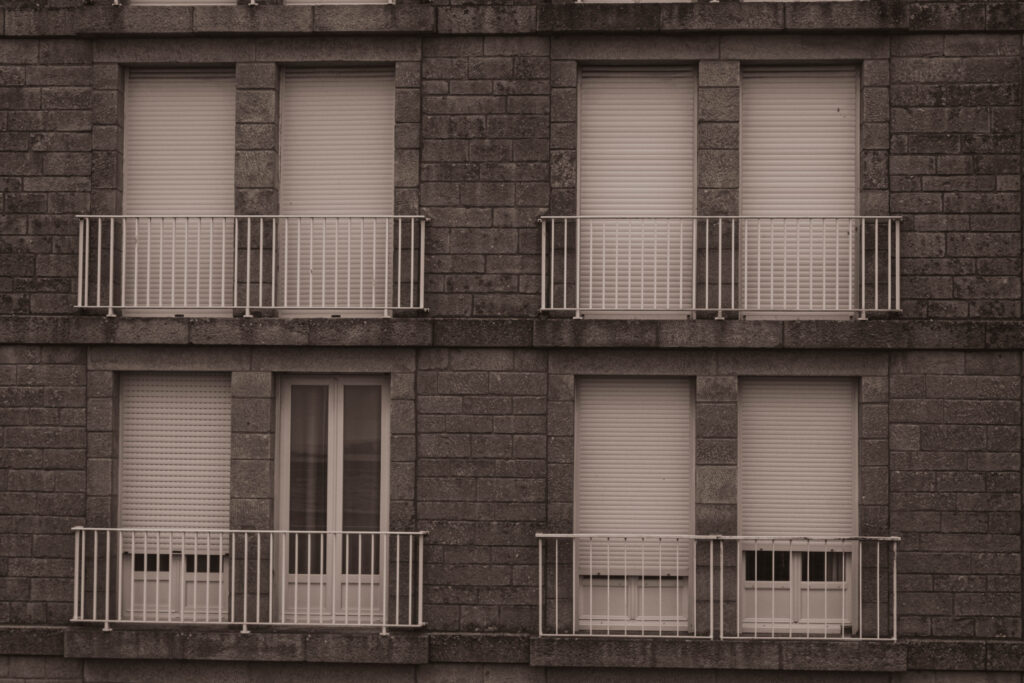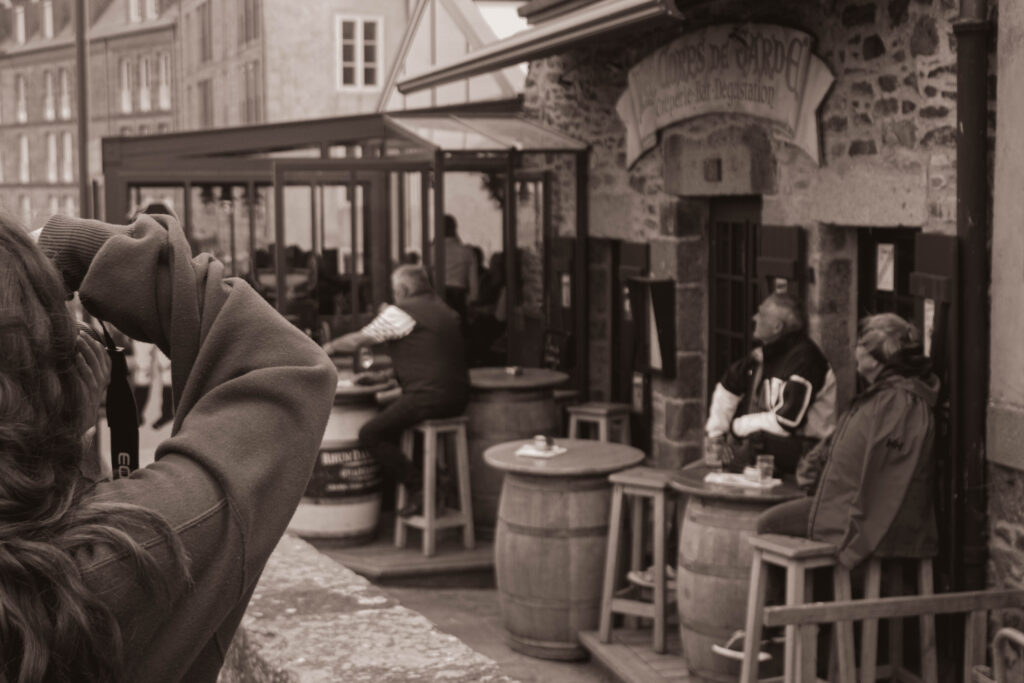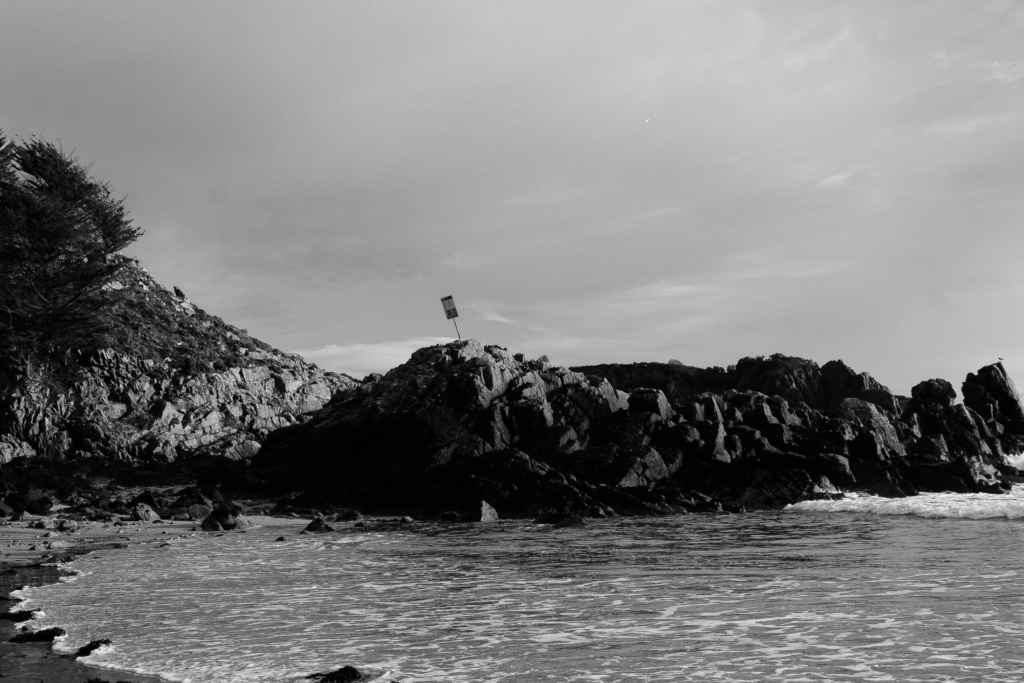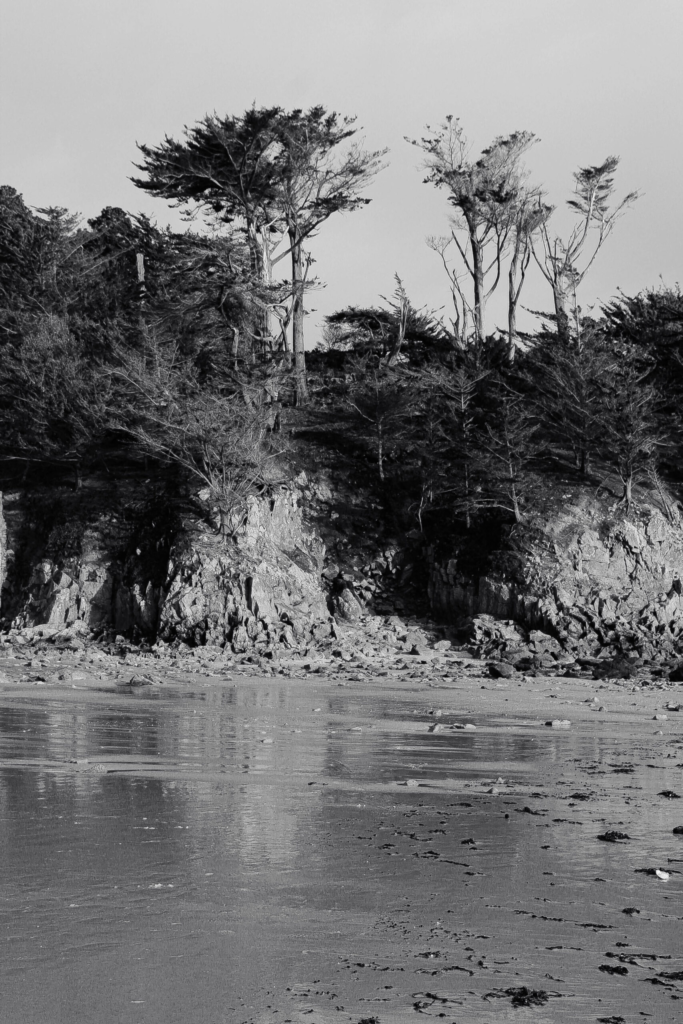In order to respond to the theme of “Observe, Seek, Challenge” I have come up with some rough ideas (inspired by my previous work as well as photographers I have found)
Brain Storm of Ideas
Name of book Ideas:
- “Vocation”
- “Succumb”
- “Supernaturalism“
- “Conversion”
- “Epiphany”
- “Mysticism”
- “Aureole”
- “unknown”
- “Clairaudience“
- “Hermeticism”
- “Ephemeral”
- “Pareidolia”
- “Phantasmagoria”
Vocation – A calling (In religious terms).
Supernaturalism – A belief in an otherworldly realm or reality that, in one way or another, is commonly associated with all forms of religion.
Epiphany – A sudden realisation or insight, especially one that leads to a spiritual or religious awakening.
Trance – A state of mind in which someone seems to be asleep and to have no conscious control over their thoughts or actions, but in which they can see and hear things and respond to commands given by other people.
Ephemeral – Lasting for a short time.
Phantasmagoria – A sequence of real or imaginary images like that seen in a dream.
Mysticism – Becoming one with God or the Absolute, but may refer to any kind of ecstasy or altered state of consciousness which is given a religious or spiritual meaning.
Pareidolia – A psychological phenomenon that causes people to see patterns in a random stimulus. This often leads to people assigning human characteristics to objects. Usually this is simplified to people seeing faces in objects where there isn’t one.
“The Five Stages of the Path of the Mystic“
1) A catalytic event, such as a personal tragedy, illness or insight that sets the person off on his or her mystical search for meaning in life.
2) Initial experiences of illumination
3) The “dark night of the soul”
4) Stable enlightenment
5) A return to the marketplace
Aureole – A bright circle of light, especially around the head.
Clairaudience – The power or faculty of hearing something not present to the ear but regarded as having objective reality.
Hermeticism/Hermetism – A dualistic faith that portrays the body of men and their interactions with the material world as being antagonistic to the soul.
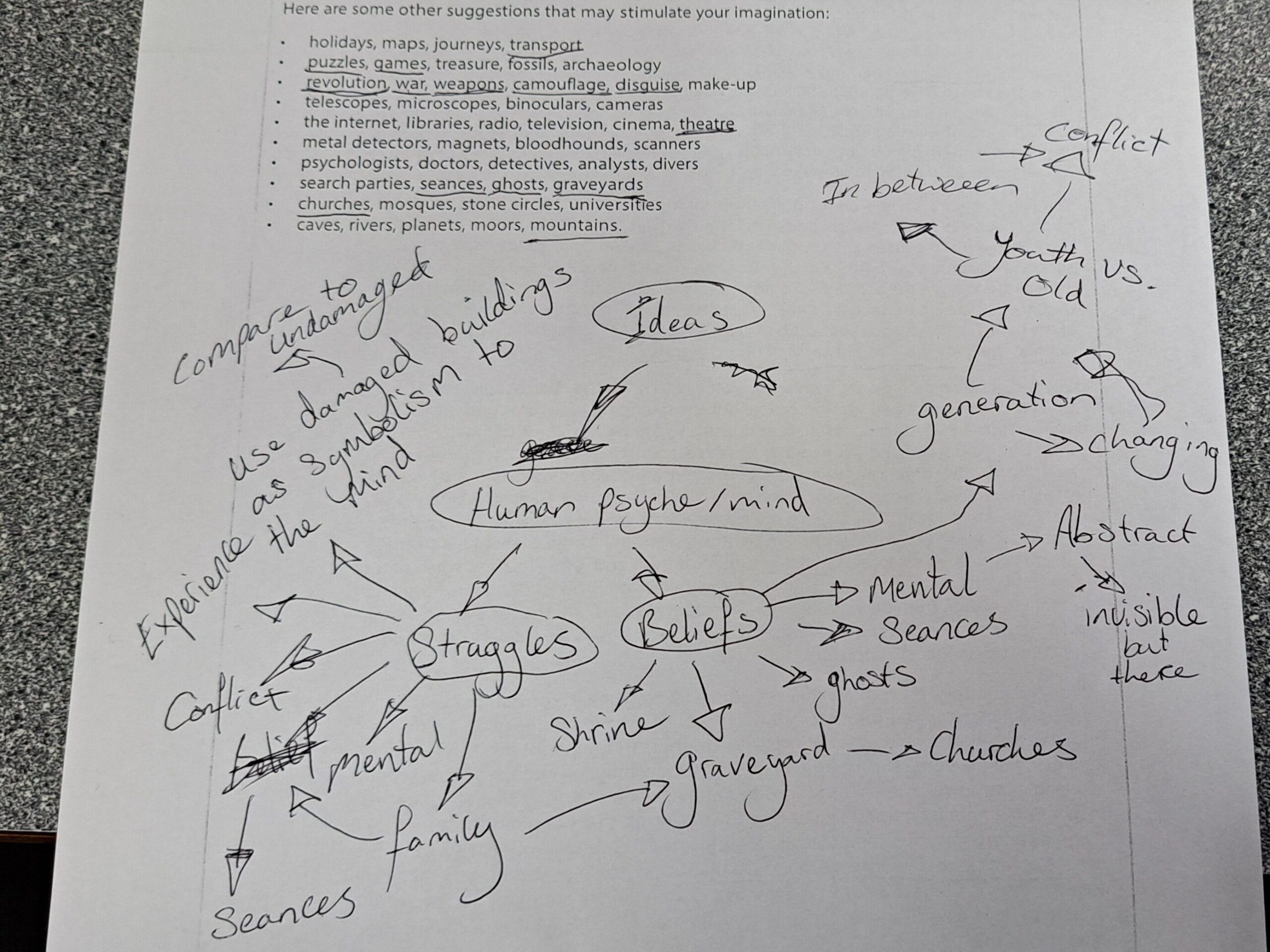
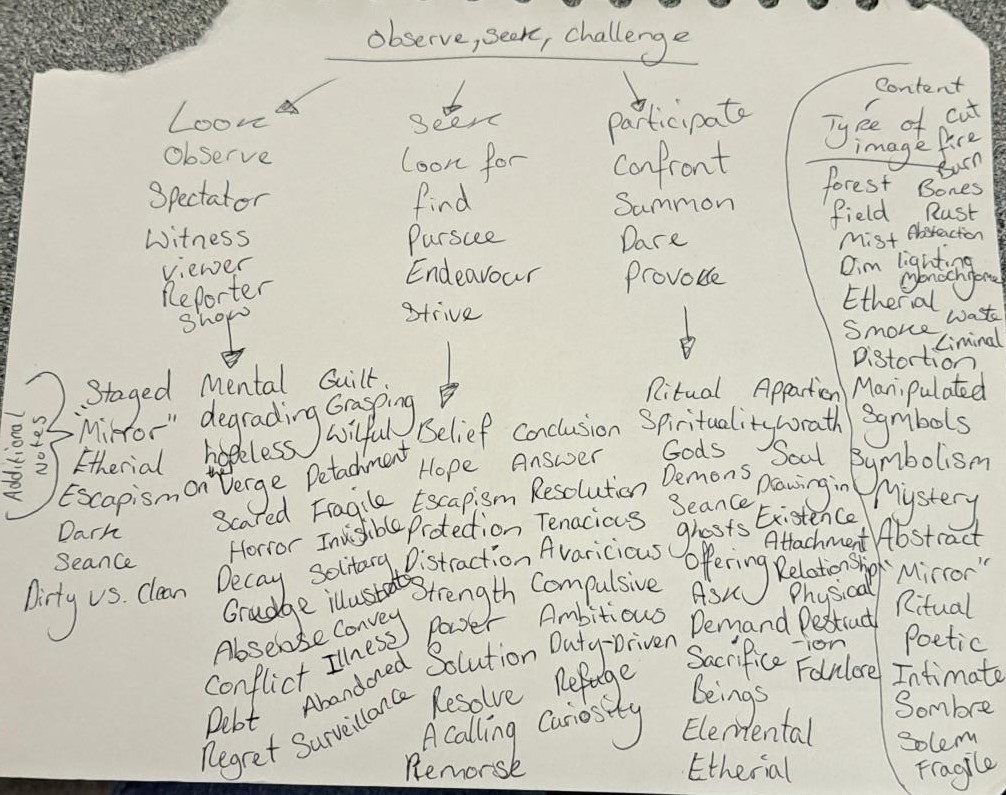
Mood Board
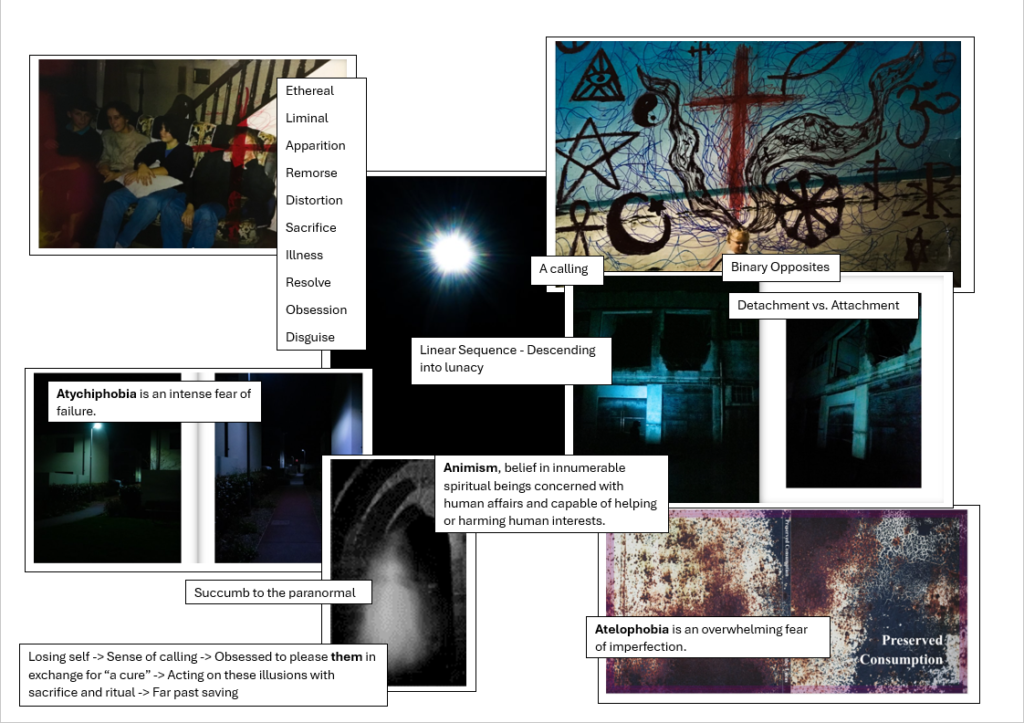
Extra Notes & Info
https://www.rollinghillsasylum.com/get-started/-glossary-of-paranormal-terms
https://thehistorypress.co.uk/article/jerseys-10-spookiest-locations
Kirlian Photography – A way to create images of coronal discharges around an object. A coronal discharge is an electrical discharge caused by the ionization of gas or fluid surrounding an object.
Orb – (In terms relating to the supernatural) A type of anomaly that appears in photographs, especially digital flash photography, in which mysterious objects appear floating in the air.
Pentagram – A symbol of protection and invocation. Always depicted point-up. Symbolizes the union of the five basic elements.
Pseudoscience – Any system that tries to explain physical phenomena but cannot be proved by the scientific method.
Magic Action Ritual – Rituals invoking supernatural forces or energies to achieve desired outcomes.
Urban Exploration/Urbex – A recreational activity in which people explore derelict urban structures such as abandoned sewers or underground railways or attempt to access areas which are closed to the public such as the roofs of skyscrapers.
Sanewashing – is the act of minimizing the perceived radical aspects of a person or idea in order to make them appear more acceptable to a wider audience.
Surrealism – is an art and cultural movement that developed in Europe in the aftermath of World War I in which artists aimed to allow the unconscious mind to express itself, often resulting in the depiction of illogical or dreamlike scenes and ideas.
Dilapidated – (of a building or object) in a state of disrepair or ruin as a result of age or neglect.
Mental Deterioration
Use coloured gels and spray water onto them to get a water droplet or misty affect.
Do what I did previously in studio but with a swinging cross or symbol.
Experiment by drawing over some images with symbols to convey chaos.
Uncanny – The term was first used by German psychiatrist Ernst Jentsch in his essay On the Psychology of the Uncanny, 1906. Jentsch describes the uncanny – in German ‘unheimlich’ (unhomely) – as something new and unknown that can often be seen as negative at first.
Sigmund Freud’s essay The Uncanny (1919) however repositioned the idea as the instance when something can be familiar and yet alien at the same time. He suggested that ‘unheimlich’ was specifically in opposition to ‘heimlich’, which can mean homely and familiar but also secret and concealed or private. ‘Unheimlich’ therefore was not just unknown, but also, he argued, bringing out something that was hidden or repressed. He called it ‘that class of frightening which leads back to what is known of old and long familiar.’
Artists, including some associated with the surrealist movement drew on this description and made artworks that combined familiar things in unexpected ways to create uncanny feelings.
Now, the term ‘uncanny valley’ is also applied to artworks and animation or video games that that reproduce places and people so closely that they create a similar eerie feeling.
Over the past few weeks I’ve taken example photos of what type of images I might make (I may include these in my actual photoshoot)
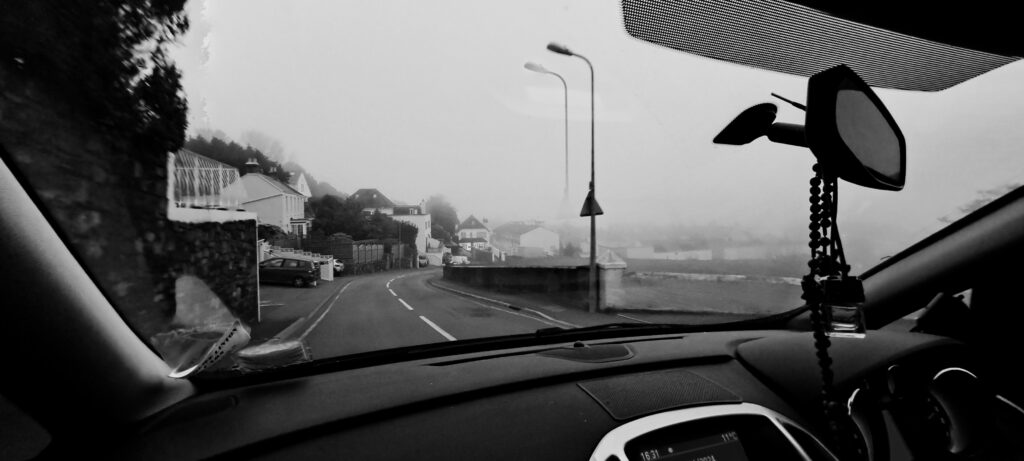
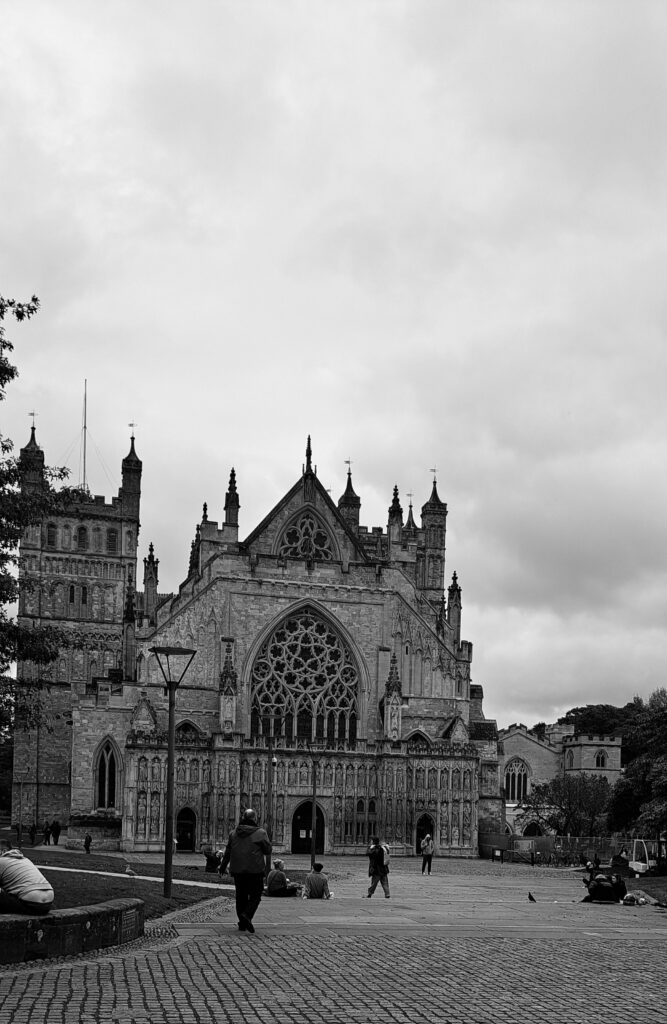
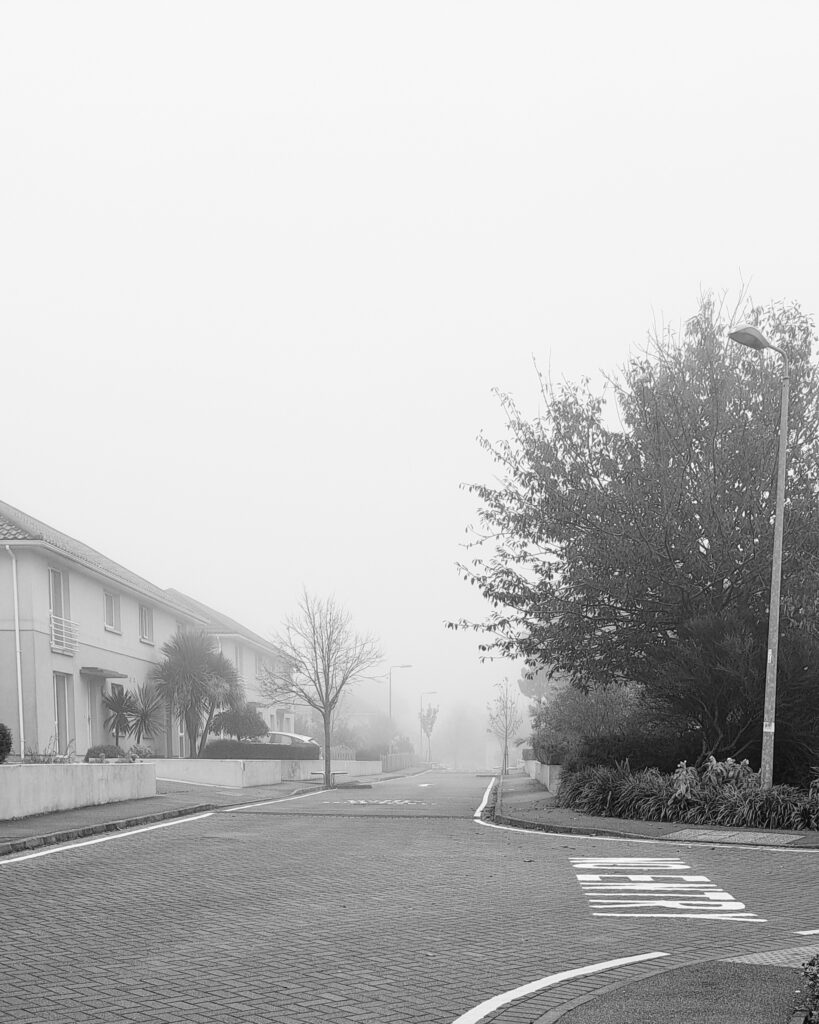
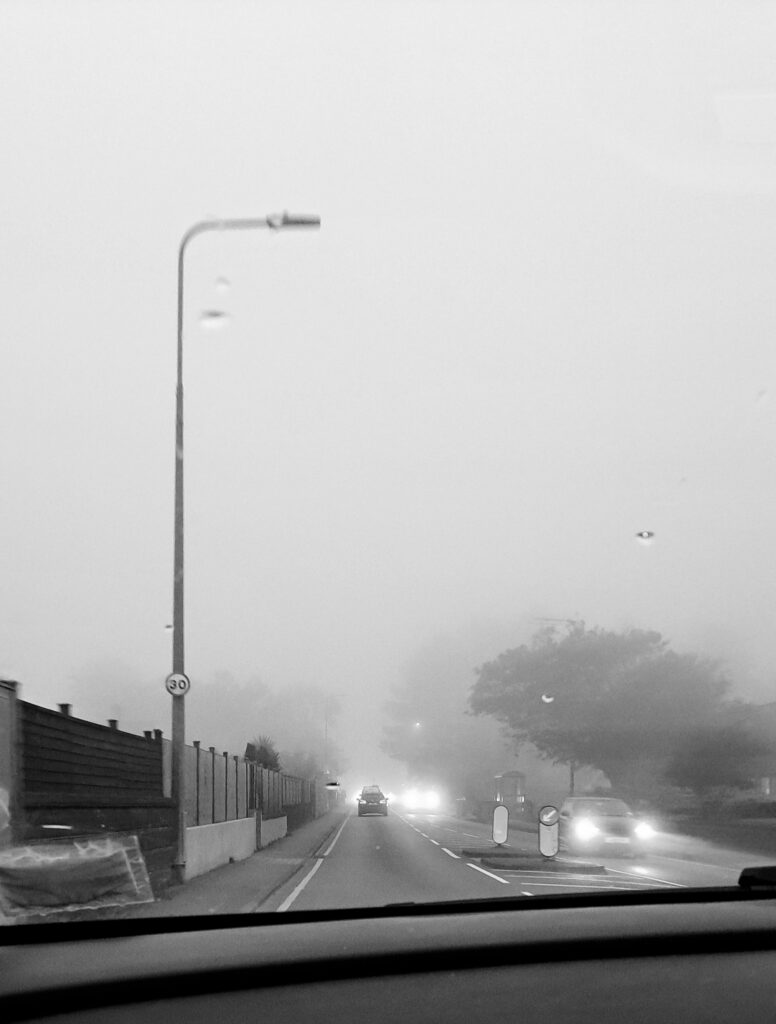
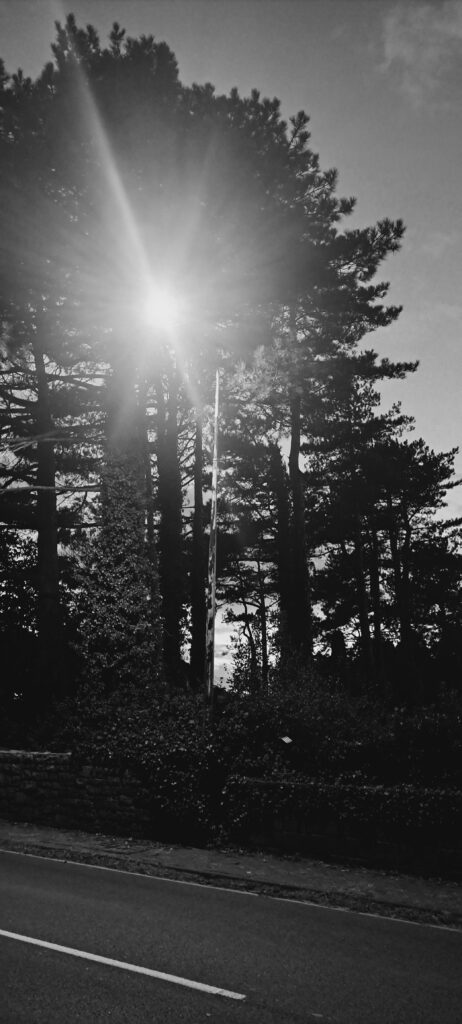
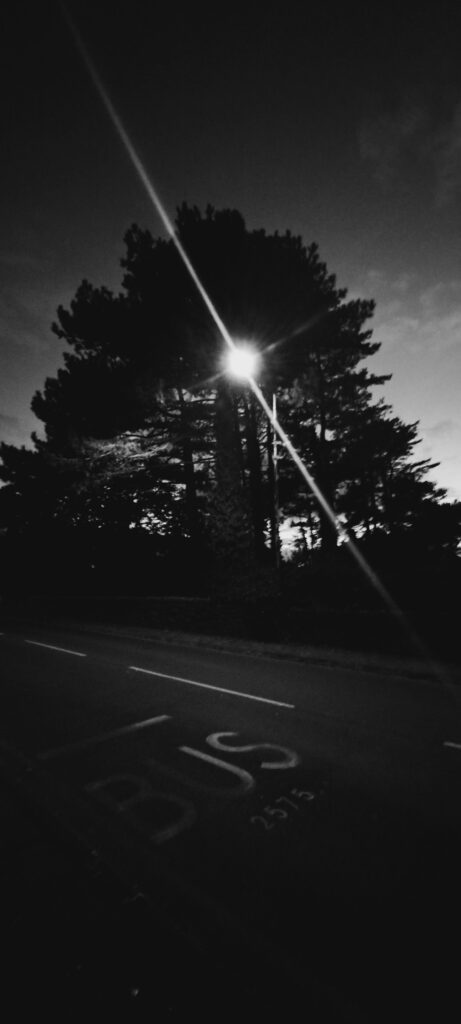
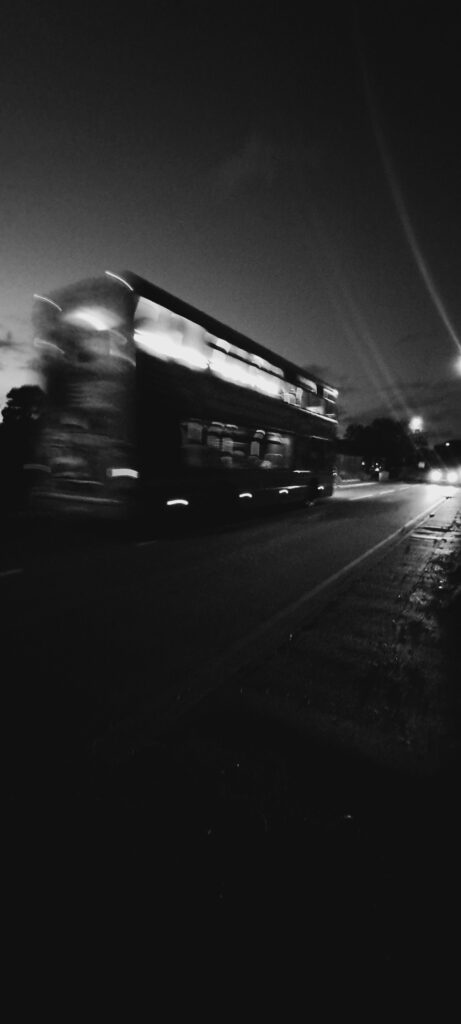
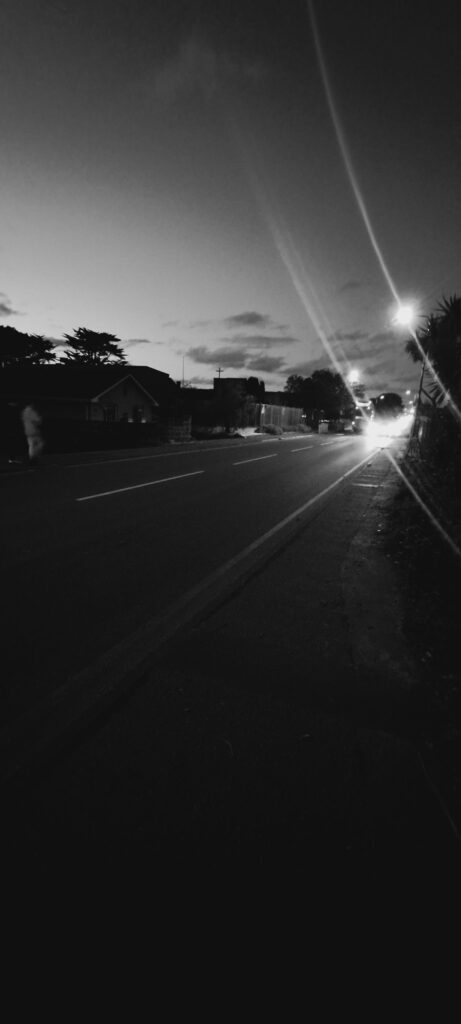
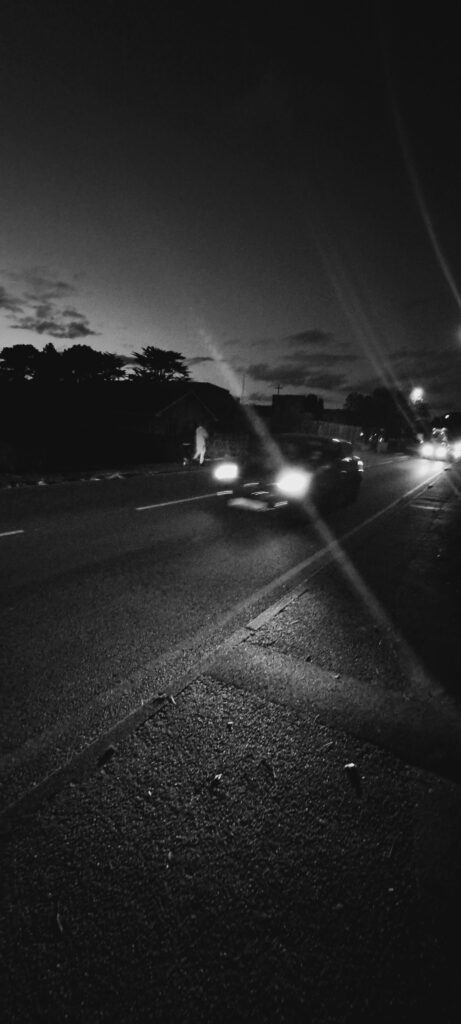
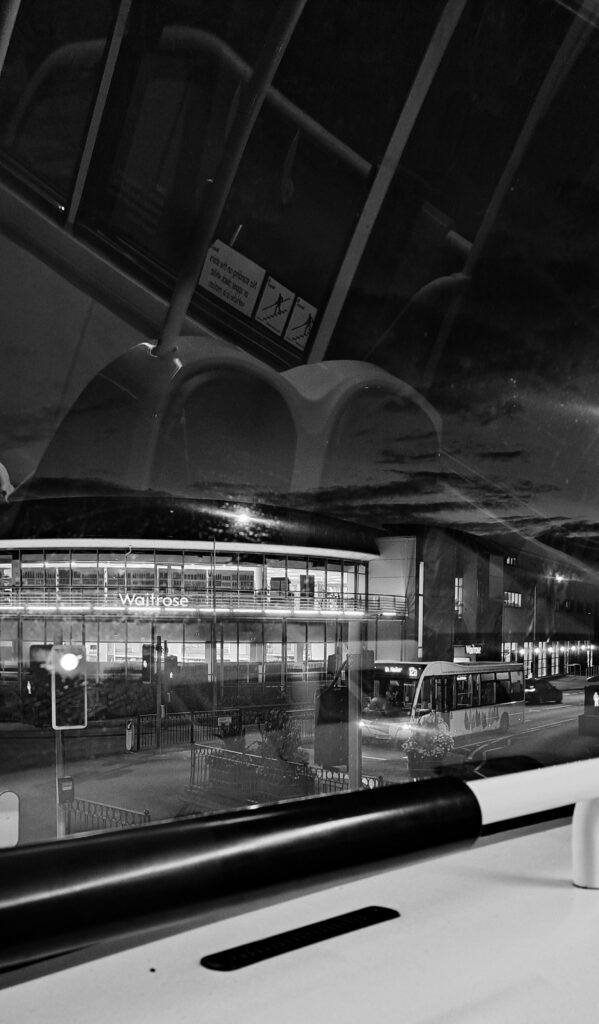
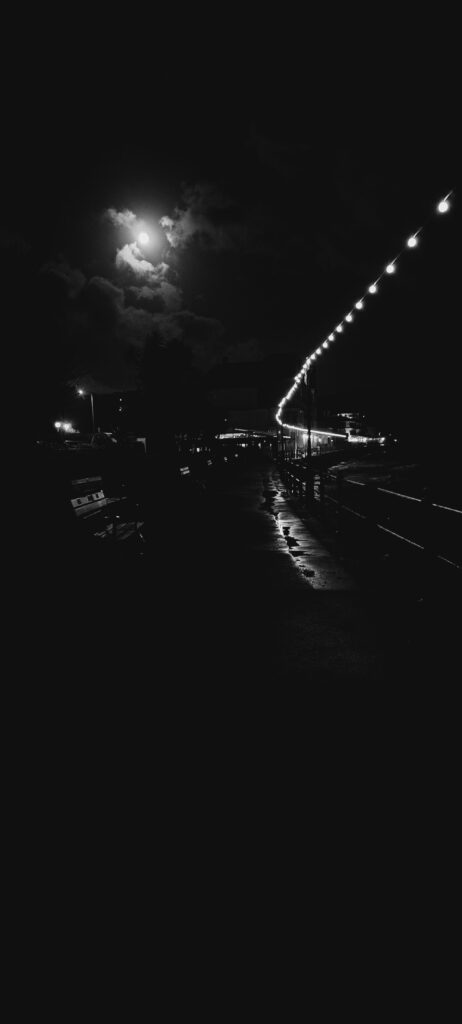

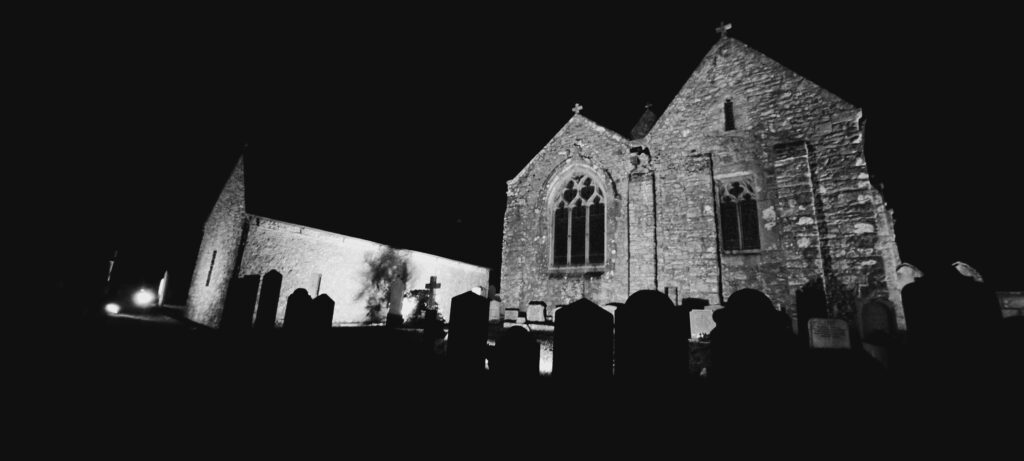
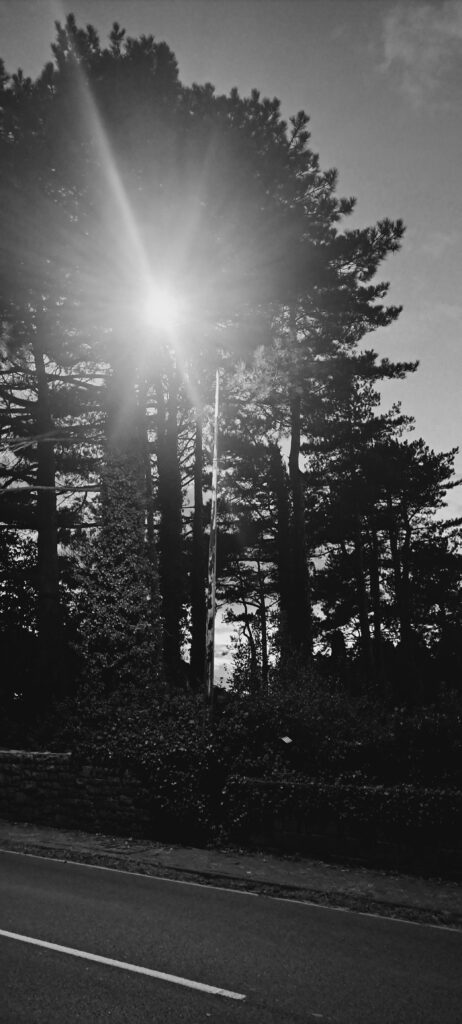
Review & Reflect
Throughout my projects I have experimented with both documentary and tableaux images responding to different themes. I have gone back through these images and selected ones that may help inspire or give ideas of what kind of work I’d like to produce.
